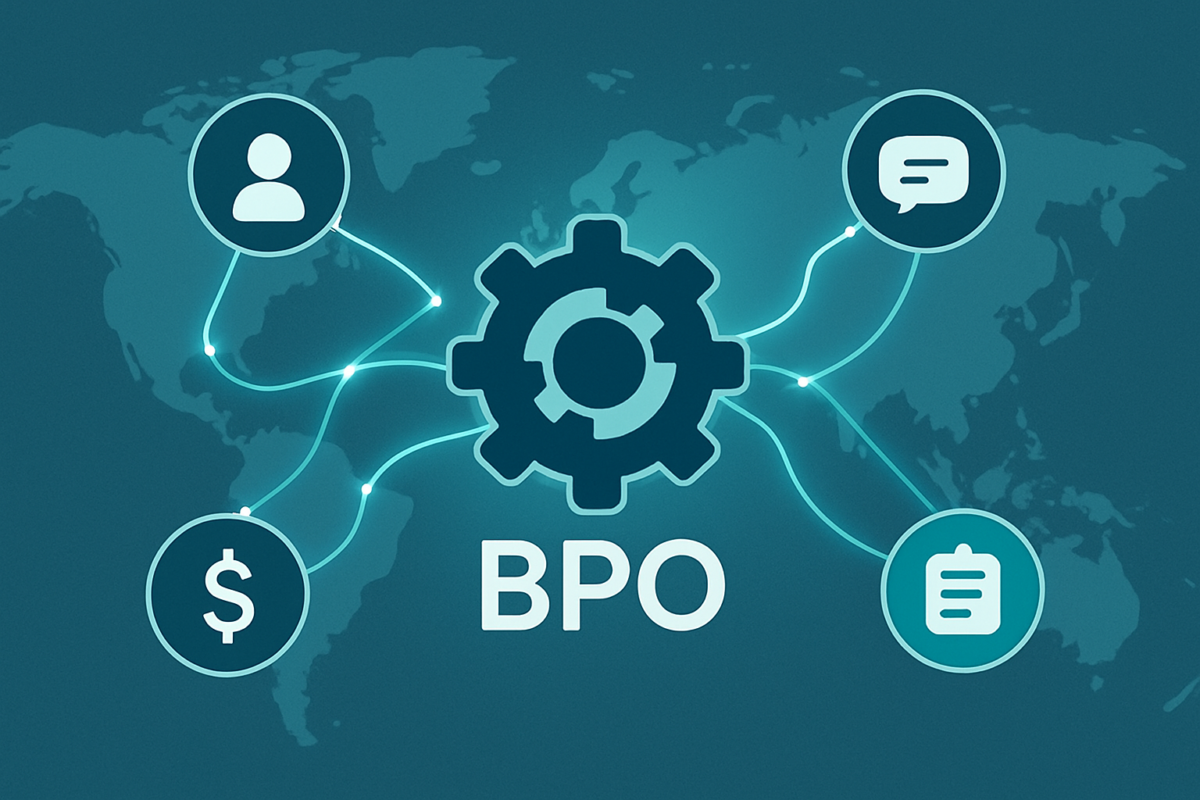Running a business involves many moving parts—customer service, payroll, accounting, IT support, and more. But not every company has the time or resources to handle everything in-house. That’s where Business Process Outsourcing (BPO) comes in.Understanding BPOBusiness Process Outsourcing (BPO) is when a company hires a third-party service provider to handle specific business tasks or operations. Instead of doing everything internally, businesses outsource non-core or time-consuming functions to specialists who can often perform them more efficiently and at lower cost.
Common Examples of BPO
BPO can cover a wide range of services, but some of the most common include:
Customer Support: Call centers, chat support, and email assistance.
Human Resources: Payroll, recruitment, and employee benefits management.
Finance and Accounting: Bookkeeping, invoicing, and tax preparation.
IT Services: Technical support, software development, and infrastructure management.
Data Entry and Processing: Managing large volumes of records or transactions.
Why Businesses Use BPO
Companies turn to outsourcing for several key reasons:
Cost Savings: Hiring an external team is often cheaper than building one in-house.
Efficiency: Outsourcing providers are specialists, meaning they can complete tasks faster and with higher accuracy.
Focus on Core Activities: Businesses can spend more time on growth and strategy instead of routine operations.
Scalability: BPO providers can easily adjust to a company’s changing needs, whether scaling up or down.
Types of BPO
Offshore BPO: Outsourcing to another country (e.g., a U.S. company hiring a team in the Philippines).
Nearshore BPO: Outsourcing to a nearby country (e.g., a U.S. company outsourcing to Mexico).
Onshore BPO: Outsourcing within the same country.
The Bottom Line
BPO has become a crucial strategy for businesses of all sizes. By outsourcing non-core tasks, companies can cut costs, improve efficiency, and stay focused on what truly drives their growth.


